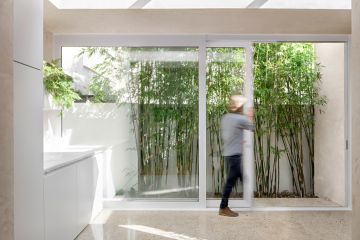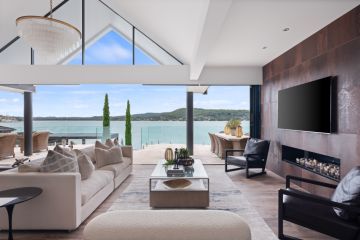Fur real: Why Viking could be the next big design trend
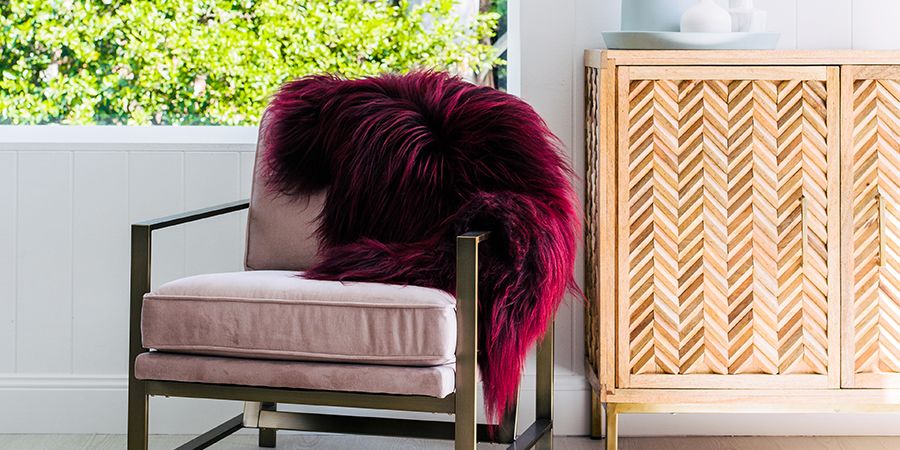
If you’ve ever watched the Netflix series Vikings, you may have discovered that those wild men and their shield maidens knew a thing or two about Nordic interior design. Sure, there was no fancy Iittala glassware or Arne Jacobsen egg chairs, but the Vikings did have lots and lots of animal skins.
They used animal skins, not just for clothing, but also to keep their beds nice and toasty while they dreamt of slaughter and pillage.
More aesthetically inclined Vikings may also have noticed how their animal hides also provided an interesting layer of texture and colour: “Eric, I love what you’ve done with the place, and the wild boar ottoman is just inspired.”
Modern day interior designers are following in the footsteps of the mighty north men, embracing animal hides as a source of warmth, texture and colour.
Designer Greg Natale has been using real hides for years, in both his own homes and those of clients.
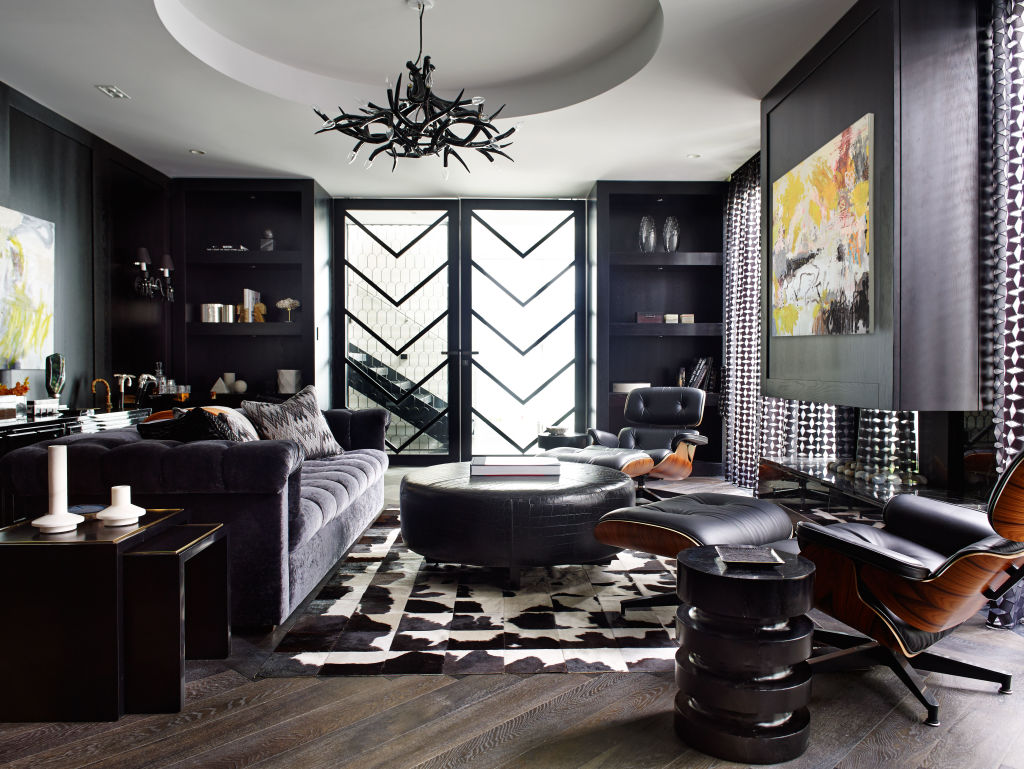
“I have always loved real animal skin, it’s glam and luxurious,” he says. “Because they are natural products, they just have this beautiful depth to them that you really can’t get with synthetics. And as a by-product of the meat industry, it’s far more ethical and environmentally-friendly than using a faux fur which is derived from plastic.”
Natale’s latest project will see him use a made-to-measure Icelandic sheep floor rug dyed in aqua, in one bedroom, and a white version of the same rug in the second bedroom.
“There really are no rules. I like to mix things up, even with other materials, such as cotton, or velvet.”
Natale will be sourcing his rugs from one of Australia’s oldest suppliers of skins; Hides of Excellence (NSW Leather) established back in 1952 by a Czechoslovakian immigrant. Today, the company sells its products all over the world and employs about 25 staff. It sources its products – such as Mongolian sheepskin, Himalayan goat, and Scandinavian reindeer hide – from across the globe.
- Related: Expert tips to ensure your home never goes out of style
- Related: The popular colour we will turn our backs on in 2019
- Related: The ‘it’ window treatment rising in popularity
“Everything we sell is sustainable, ethically sourced, and tanned under strict environmental guidelines,” says Jo Keegan from Hides of Excellence. “Coloured skins are created using enviro-safe dyes, making them safe for people, pets and the planet.”
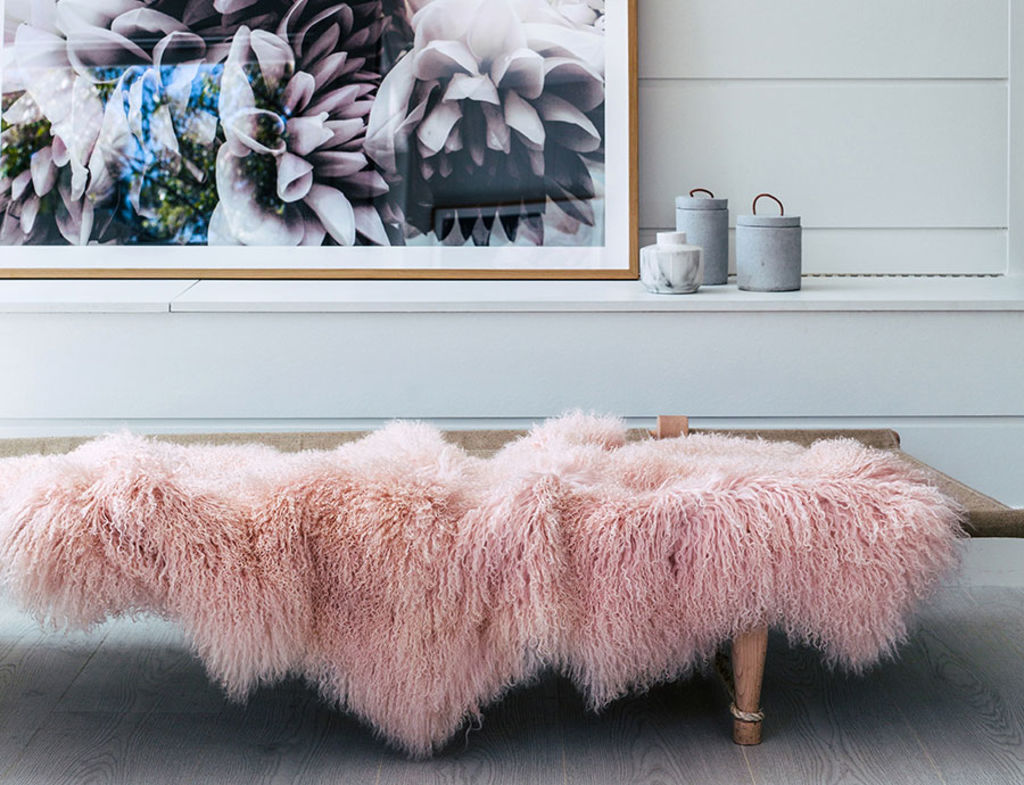
“These products are a by-product of the meat industry. We are using something that would otherwise have gone to landfill. We only deal with reputable tanneries that have to pass stringent European certification.”
Keegan says there is no comparison between faux fur and the real thing, especially when it comes to keeping you warm. “Reindeer hide is a great example; the hair follicles are hollow and keep the heat in.”
Mongolian sheepskin cushions are currently very popular, as are Icelandic sheepskin throws. She says even traditional cowhide rugs have made a comeback and are popular with designers. Regular interior design customers include Natale, Coco Republic, Dylan Farrell, and George Livissianis.
Livissianis, one of Australia’s most avant-garde designers, is currently upholstering entire chairs in shorn Icelandic sheepskin, for use in the fashion boutique, Bec + Bridge.
“Our approach to design is to use things that are real and authentic, whether it be an animal skin or a ceramic tile,” says Livissianis. “Always use things with integrity and use them well.
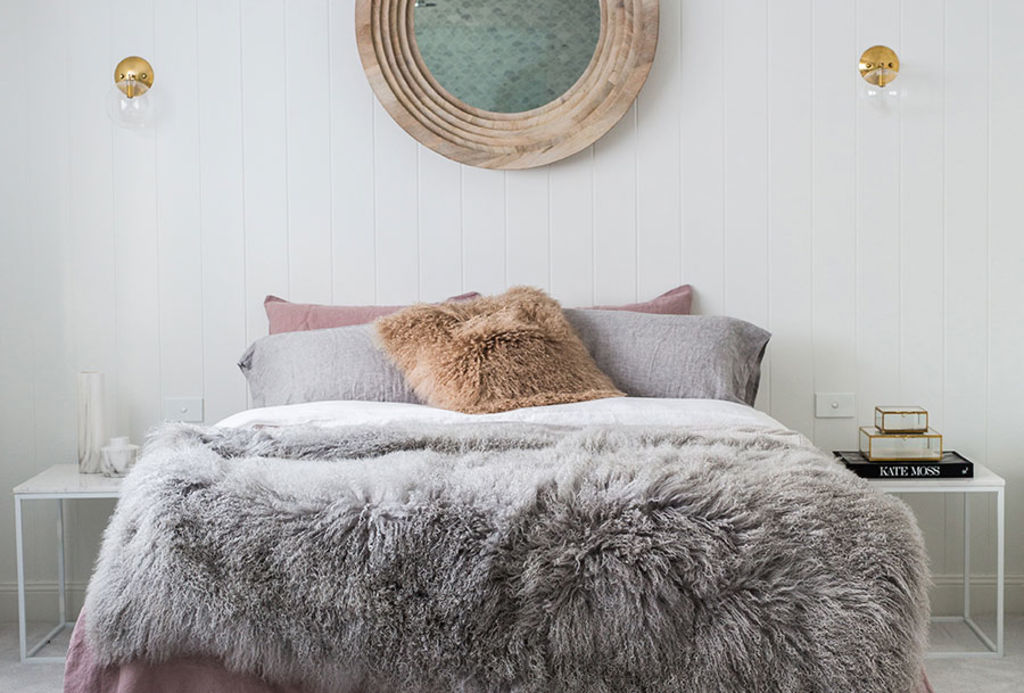
He says the popularity of opting for real animal hides is growing, as people seek out more natural materials and move away from oil-based plastics. He cites Noma restaurant as adopting the trend, laying skins over many of their dining chairs. Livissianis himself has a cowhide on his living room floor.
“Cowhides are great because they are timeless and suit spaces that may have an unusual shape.”
Another interior designer who has embraced her inner Viking is Sibella Court. She recently decorated 12 guest rooms at Bullo River Station in the Northern Territory, using marbled grey and caramel cowhides on the stone floors.
“They were really relevant to that area, it being a cattle station; so, they were a natural design cue,” she says.
We recommend
States
Capital Cities
Capital Cities - Rentals
Popular Areas
Allhomes
More
